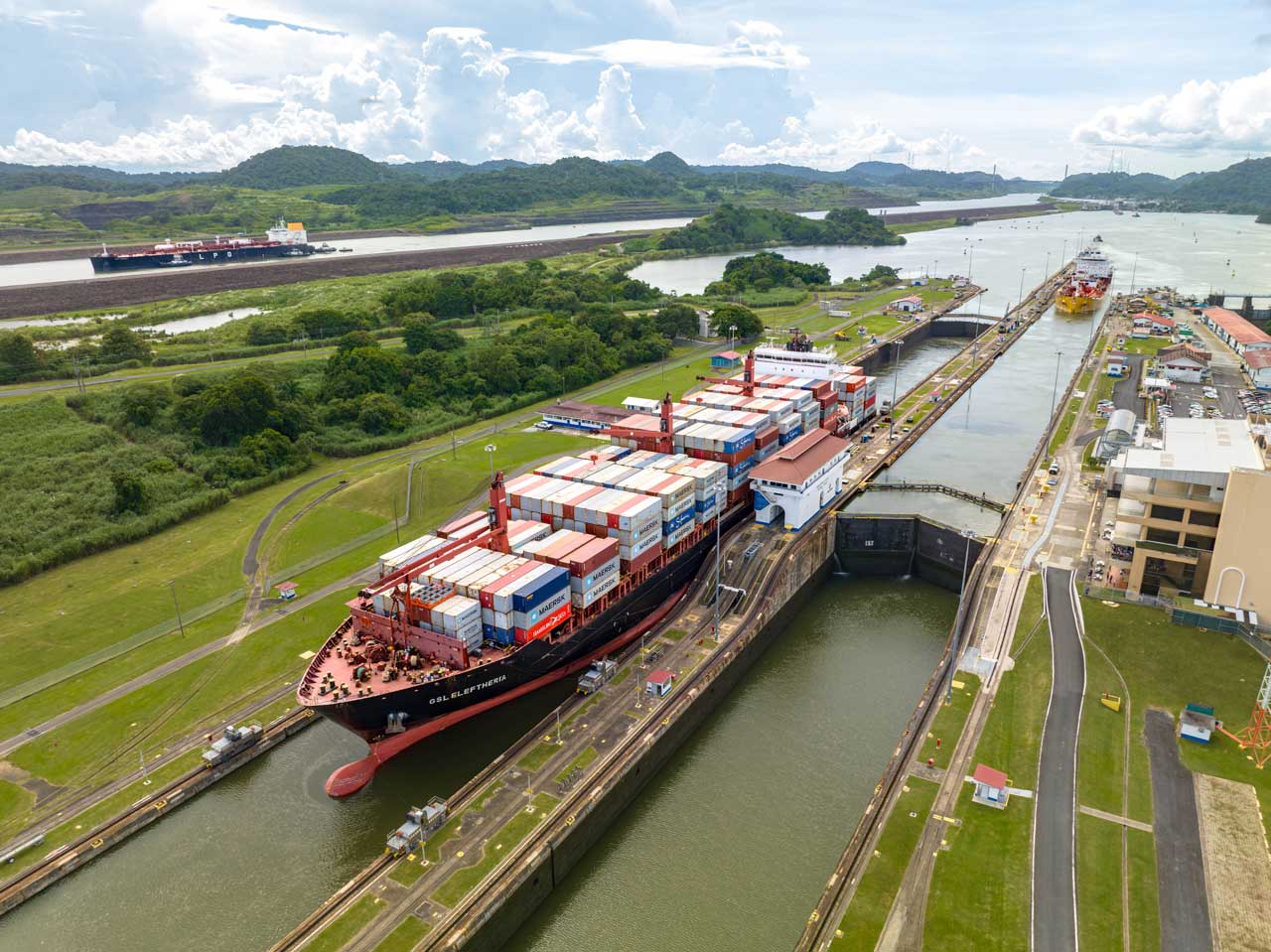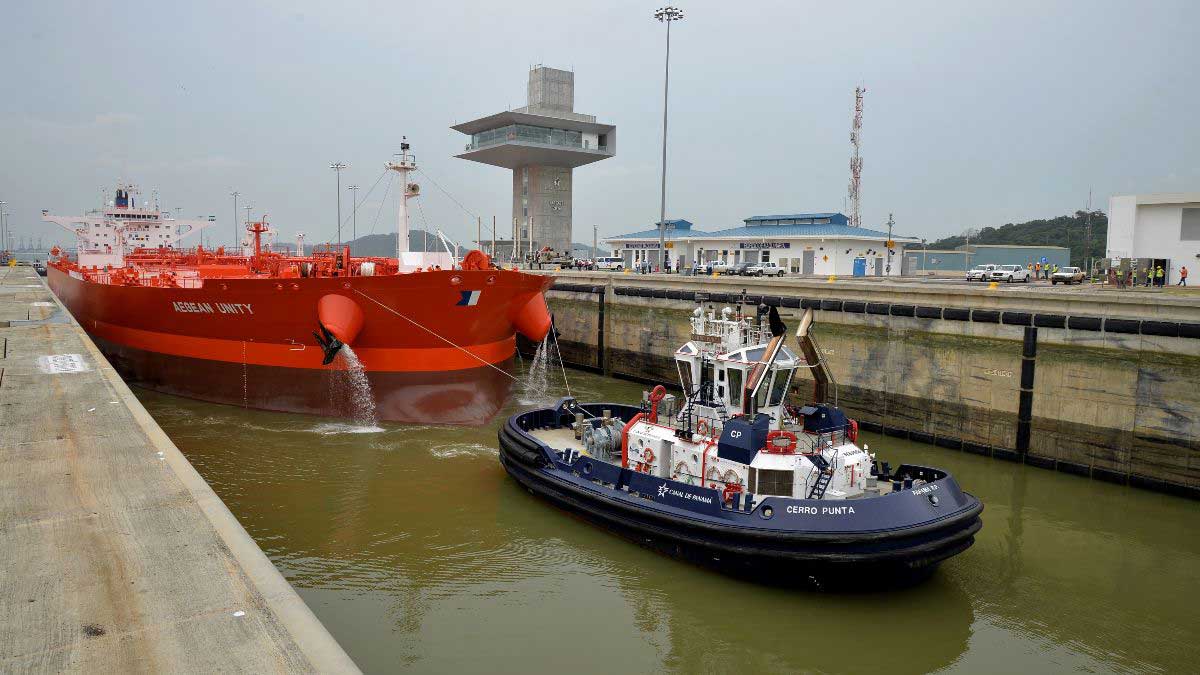16 percent DROP IN Transit Time; decrease in NUMBER OF ACCIDENTS;
Increase IN USAGE Of reservation system, TRANSITS BY
VESSELS 900’ OR MORE IN LENGTH OVERALL
PANAMA CITY , Panama , January 18, 2006 – The Panama Canal Authority (ACP) announced today first quarter (Q1) operational metrics for fiscal year 2006. Transit time for booked and non-booked vessels dropped. Additionally, net tonnage and usage of the reservation system increased and official accidents decreased. Transits of vessels 900 feet or more in length overall rose, while total Canal transits remained relatively flat. These metrics are based on operations from October through December of 2005, the first quarter of the ACP’s 2006 fiscal year.
Canal Waters Time (CWT), the average time it takes a vessel to transit the Canal including waiting time for passage, decreased 16.1 percent – to 20.57 hours from 24.51 hours. Compared to first quarter metrics for fiscal year 2004, CWT has decreased by nearly a third. Moreover, CWT for booked vessels (those ships holding reservations) decreased as well by nearly seven percent – to 15.51 hours from 16.66 hours.
Panama Canal/Universal Measurement System (PC/UMS) tonnage increased 1.3 percent – to 71.5 million PC/UMS tons from 70.2 million PC/UMS tons.
Utilization of the booking system increased 3.1 percent – to 88.8 percent of available slots being booked from 85.7 percent. Booked vessels (those ships holding reservations) account for 56.7 percent of oceangoing transits. An increasing trend at the Canal, utilization of the booking system rose nearly five percent this past fiscal year (FY 05). The ACP has made efforts to meet growing demand by adding two booking slots, available to “supers” (vessels 91 feet or more in beam). The additional slots became available for use on January 1, 2006.
“These numbers are a great start to 2006. The reduction in transit time exemplifies the ACP’s commitment to fast and efficient service, without compromising quality,” said ACP Administrator/CEO Alberto Alemán Zubieta. “Moreover, we’re also investing in projects that augment throughput, which allows us to offer additional booking slots to our customers, thus enhancing the Canal’s reliability.”
The official accident rate decreased to 0.33 accidents per 1,100 transits from 0.65 accidents per 1,100 transits in FY 05. An official accident is one in which a formal investigation is requested and conducted.
This quarter, overall Canal transits decreased 1.9 percent – to 3,299 transits from 3,363, though PC/UMS tonnage increased on account of larger vessels choosing the Panama Canal. Transits by vessels 900 feet or more in length overall, however, increased 11.4 percent – to 643 from 577.
About the Panama Canal Authority
The Panama Canal Authority (ACP) is the autonomous agency of the Government of Panama in charge of managing, operating and maintaining the Panama Canal. The operation of the ACP is based on its organic law and the regulations approved by its Board of Directors. For more information, please refer to the ACP’s Web site: www.pancanal.com.
The Authority’s responsibility to the Panamanian people is paramount. The Canal belongs to the people and benefits from the Canal should accrue to as many Panamanians as possible. The Authority will plan its future so that it will continually contribute to the economic development and welfare of the citizens of Panama.




